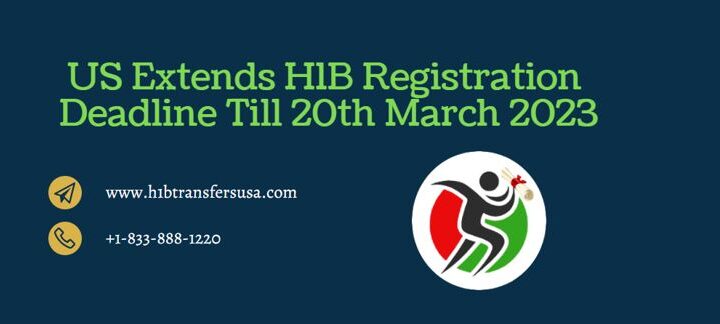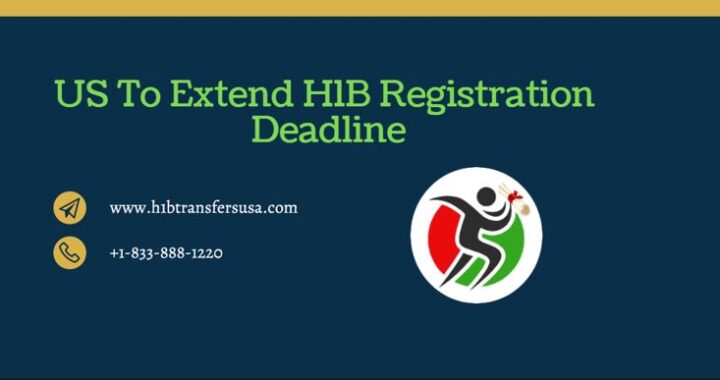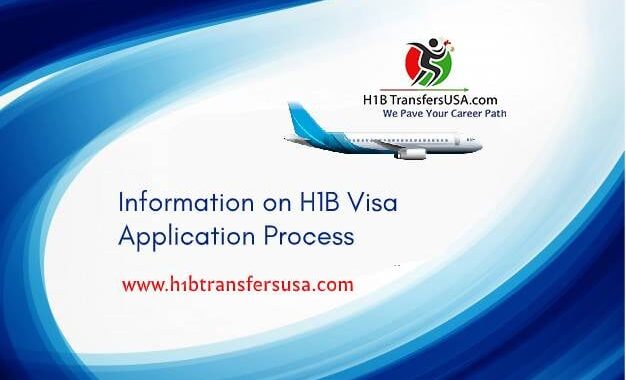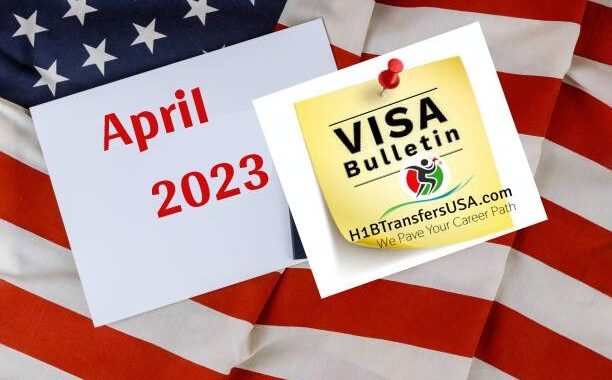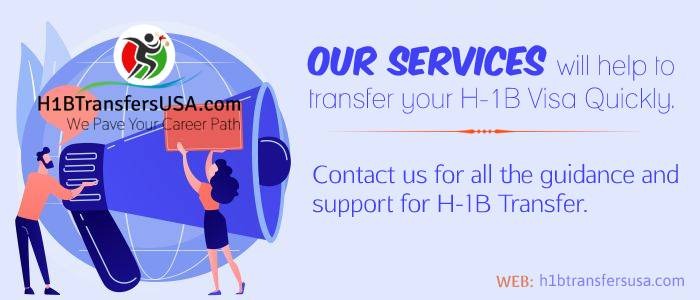Mass Twitter layoffs put H-1B visa holders in an immigration limbo
4 min read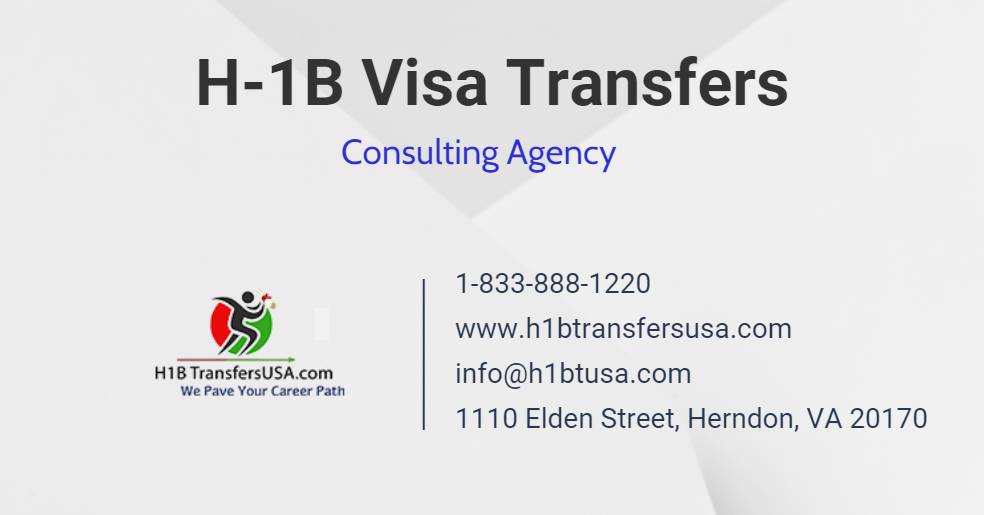
H-1B visa holders: Elon Musk’s huge firing spree across Twitter has placed a few workers on a 60-day deadline, and their immigration status is in danger.
Twitter employees working with American work visas, similar to the H-1B and L-1, are currently racing against time to find a new job. Most workers have 60 days to either track down one more organization to sponsor them or leave the United States.
Forbes report said there are around 625 to 670 Twitter employees in H-1B status or around 8% of the organization’s 7,500 employees. Referring to a National Foundation for American Policy analysis of US Citizenship and Immigration Services (USCIS) data.
Out of the 50% workforce cut declared, it is unclear how many were foreign workers.
Foreign workers in the US typically work under H-1B, L-1, or O-1 visas, and each comes with a different set of rules.
“While H-1B visa holders have a 60-day grace period, it’s much more difficult for workers on L-1 and O-1 visas. They might need to leave soon after their employment is ended, except in rare circumstances”. Said Poorvi Chothani, Managing Partner at LawQuest.
For those on H-1B Visas Holders
“When an H-1B employee is laid off, they usually have 60 days grace period to file an H-1B through another employer. The specific grace period is determined by looking at the time remaining on their approved status. If the time remaining is less than 60 days, they get the lesser time”. As per Rajiv Khanna, Managing Lawyer, Immigration.com.
One benefit H-1B workers who might have lost their jobs have is that they have already been counted against the annual H-1B quota. So it is relatively easier for them to find another sponsor.
However, the petition by a new employer should be submitted before the 60th day, said Chothani.
H-1B workers or H-1B Visa holders who have been included in the H-1B cap lottery within the last 6 years don’t need to wait for the following lottery. If they can’t find another sponsor in the 60-day grace period and need to leave the country. They can continue searching for US jobs in their home country. When an individual gets a new job, the new employer can quickly apply for a petition. That will allow them to move back to the US whenever it is approved and they have a visa stamp.
Chothani explains, “If an H-1B worker has not been counted in the visa cap in the past 6 years, and finds a new job only. After returning to their home country, they will have to re-enter the lottery pool.”
They can get back to the US and work until the end of their H-1B tenure.
What happens to L-1 visa holders?
Employees who hold different kinds of immigration status, similar to an L-1 intracompany transfer visa. Often have a more troublesome time addressing their immigration situation.
Most employees dealing with L-1 intra-company transfer visas should leave the country when their work has ended.
“L-1 workers are intra-company transfers their employment is connected to their prior qualifying employment. Outside the US with the US employer’s foreign-affiliated company. Subsequently, whenever they are terminated the L-1 worker should leave the country. As this employment can’t be transferred to a new employer,” said Chothani.
If you can’t find a job in 60 days
Workers who are not able to find a new employer and don’t have any desire to depart the US at the end of the 60-day grace period. It might have the option to change to another temporary status and stay in the country.
For instance, they might change to B-2 status and remain a tourist or change to F-1 status and return to school.
“Sometimes, we advise filing for a tourist status (B-1/B-2), yet that isn’t guaranteed. However, while the change of status is pending (several months), one can stay in the USA and keep looking for jobs,” said Khanna.
The Green Card queue
For individuals from backlogged nations like India where the wait in the backlog is extraordinarily long. Losing employment might risk the entire Green Card application, forcing them back to the end of the line.
[Update on U.S. Visa Processing in India]
Except if the employee is in the second phase of the green card process — the I-140 immigrant petition. If that petition has been approved for at least six months. They hold their need date, which is their place in line for the green card backlog, even if they lose their job.
However, they might have different roads to stay in the country.

